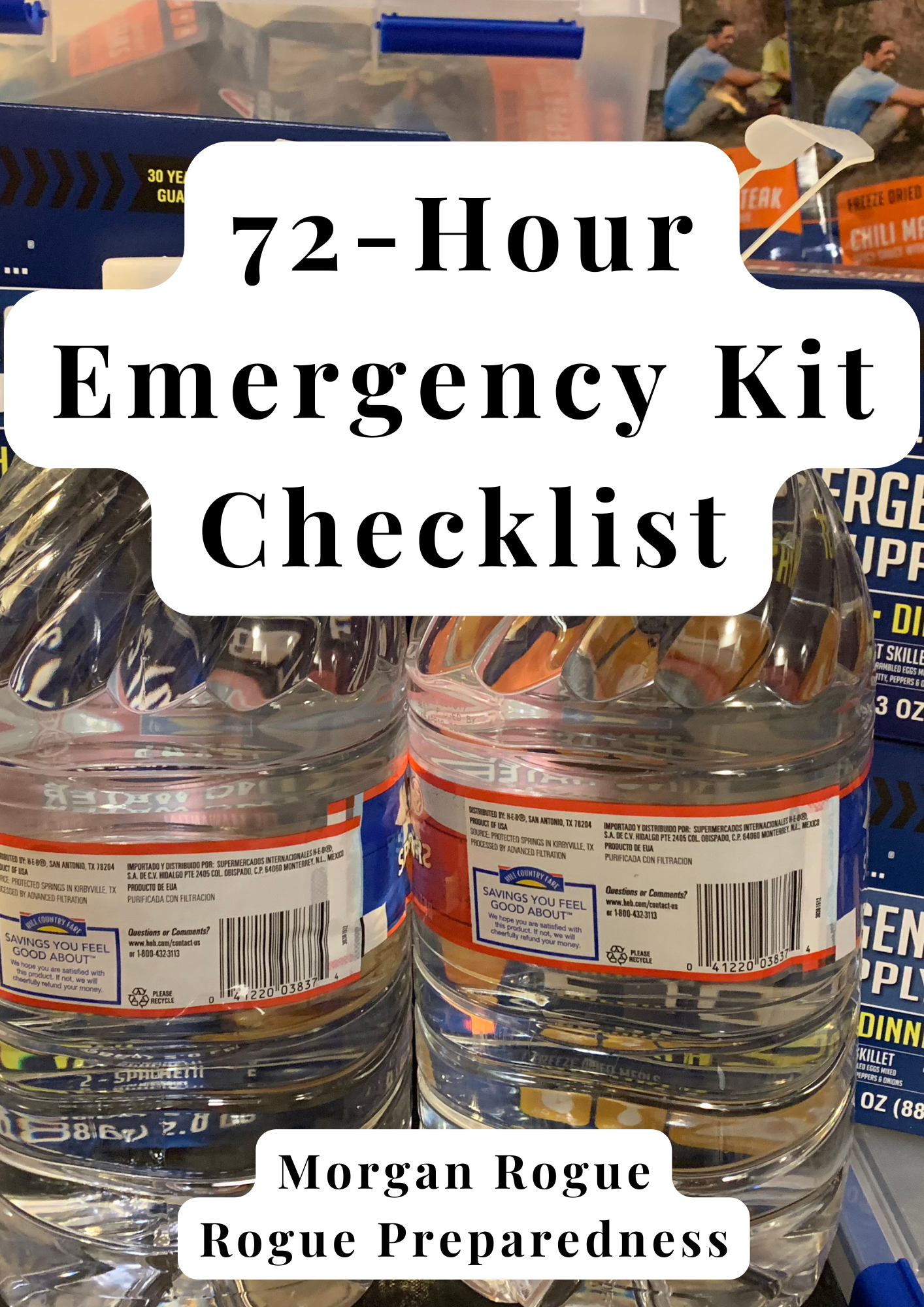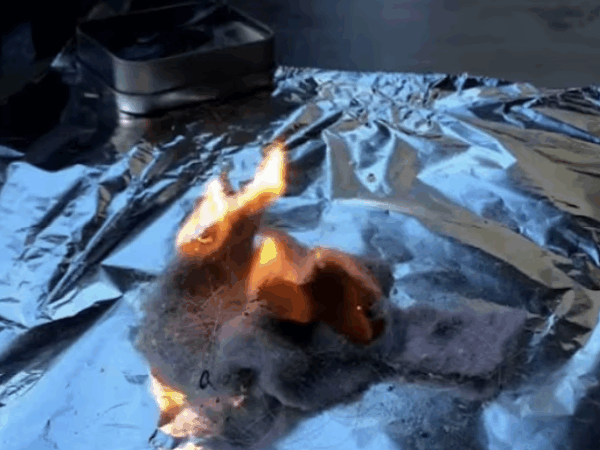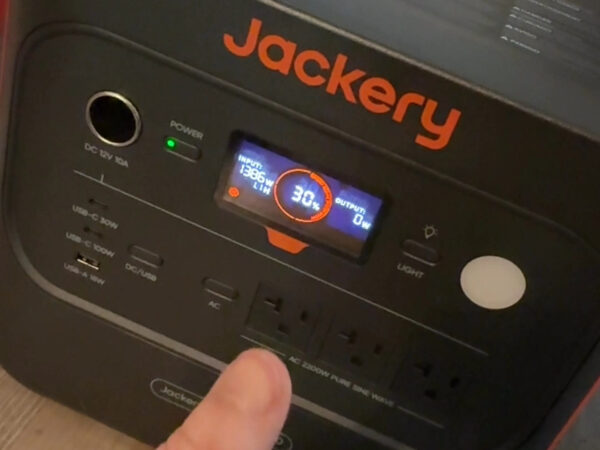Off Grid Cooking for 3 Days with a Tiny Stove
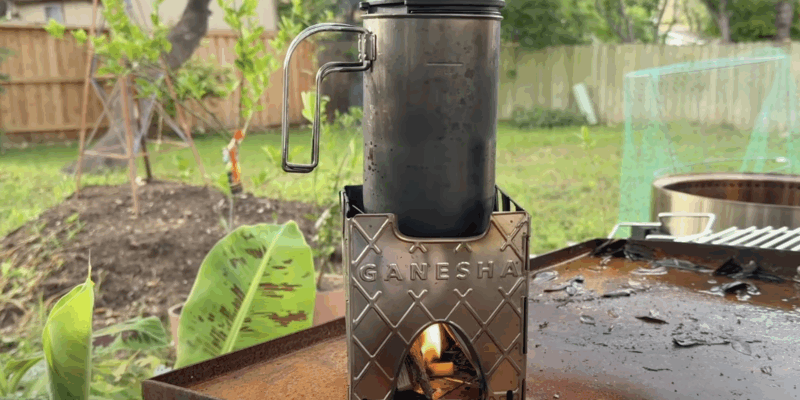
Cooking outdoors can seem complicated, but it doesn’t have to be. Using a small, ultralight folding wood stove, it’s possible to prepare all your meals without gas or electricity, just fire and some basic ingredients. This approach is great for camping, emergencies, or just testing your preparedness gear. Over three days, I cooked all breakfasts and dinners outdoors with the Ganesha stove, showing how straightforward and effective this setup can be.
Using a Small Ultralight Wood Stove for Outdoor Cooking
The Ganesha wood stove is a lightweight and compact option that folds flat for easy transport. It runs on small sticks or chopped firewood, so you don’t need to carry heavy fuel. Its fuel efficiency means you can boil water and cook meals using only small bundles of twigs, which you can gather from nearby. The stove works well on patios, in backyards, or anywhere safe to have a small controlled fire. Since it’s made of durable materials, cleanup is simple—cast iron and Blackstone surfaces can be wiped down or washed after use.
This stove fits easily into a bug out bag, glove compartment, or emergency kit, making it a practical choice for anyone wanting a reliable cooking method away from regular kitchen tools.
You can find the Ganesha Cook Stove online, and use the code ROGUE25 for a discount.
Meal Planning and Preparation for 3 Days Outdoors
Planning is key when cooking outdoors. I focused on breakfasts and dinners, keeping lunches simple with no-cook options like sandwiches or salads to minimize stove use. Preparing ingredients ahead saves time and energy when you’re outside.
I chose meals that are easy to cook on one pot or skillet, such as eggs, rice dishes, French toast, tacos, and pasta meals. This way, I avoided juggling multiple pots, which can be tricky outdoors. Having a meal plan means you’re less likely to waste fuel or ingredients.
For those interested in no-cook ideas, a free two-week no-cook meal PDF is available through the newsletter. This is handy if you want to avoid cooking altogether on some days.
Here’s a simple meal plan outline for outdoor cooking:
- Breakfasts: Eggs with bacon bits, French toast, coffee
- Lunches: No cook (sandwiches, tuna or chicken salad)
- Dinners: Spanish rice with chicken and beans, turkey tacos, chicken Alfredo with egg noodles
You can swap fresh veggies for canned ones if needed and adjust spices or ingredients based on what’s available.
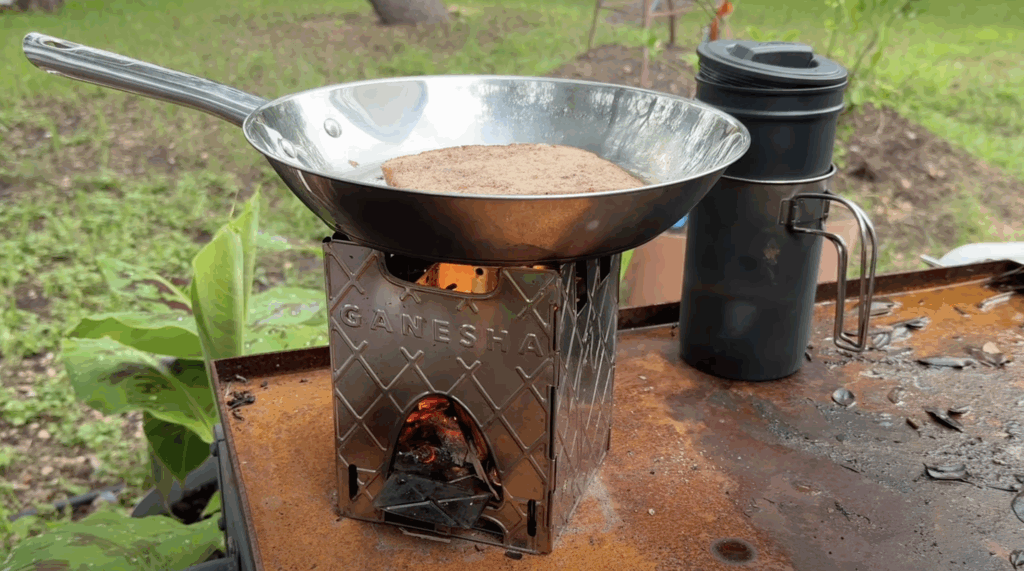
Day 1 Cooking Recap: Breakfast & Spanish Rice Dinner
Breakfast: I cooked eggs with bacon bits on a Blackstone cast iron skillet resting on the Ganesha stove. It took about 20 to 30 minutes total, including fire preparation and cooking time. The stove heats up quickly, and although the cast iron surface was hot from the sun, it worked well for frying the eggs. Cleaning the stove afterward is straightforward even if not done immediately.
Dinner: For dinner, I made Spanish rice mixed with chicken and beans. The rice cooked in about 20 minutes on the stove. Everything came out perfectly cooked and flavorful. I didn’t add spices during cooking but would suggest them for extra taste next time. After cooking, I made sure to safely extinguish the fire and clear ashes from earlier sessions.
Managing Fire and Fuel Efficiency While Cooking
One of the most surprising parts of this outdoor cooking experience was how fuel efficient the Ganesha stove is. Over three days, I used only 14 small sticks of wood, each about the size I normally collect when preparing for fire.
Fire preparation is crucial. Having dry tinder and sticks prepped speeds up starting the fire, and managing the flame’s size ensures the fuel lasts longer. Wind can affect how the fire burns, sometimes slowing things down by blowing flames away, so finding a sheltered spot or making a windshield is helpful. Even a few bricks can make a great stable cooking surface.
Tips for managing your fire and fuel outdoors:
- Collect dry, small sticks and bundle them before starting the fire.
- Use tinder that catches quickly, like dry leaves or thin twigs.
- Keep some extra sticks nearby to feed the fire as needed.
- Create a simple windbreak with rocks or other items to protect the flame.
- Extinguish the fire and clean out ashes fully after cooking.
While cooking outside, bugs and mosquitoes can be a bother. A homemade bug spray that you reapply every 30 minutes works well to keep the pests away.
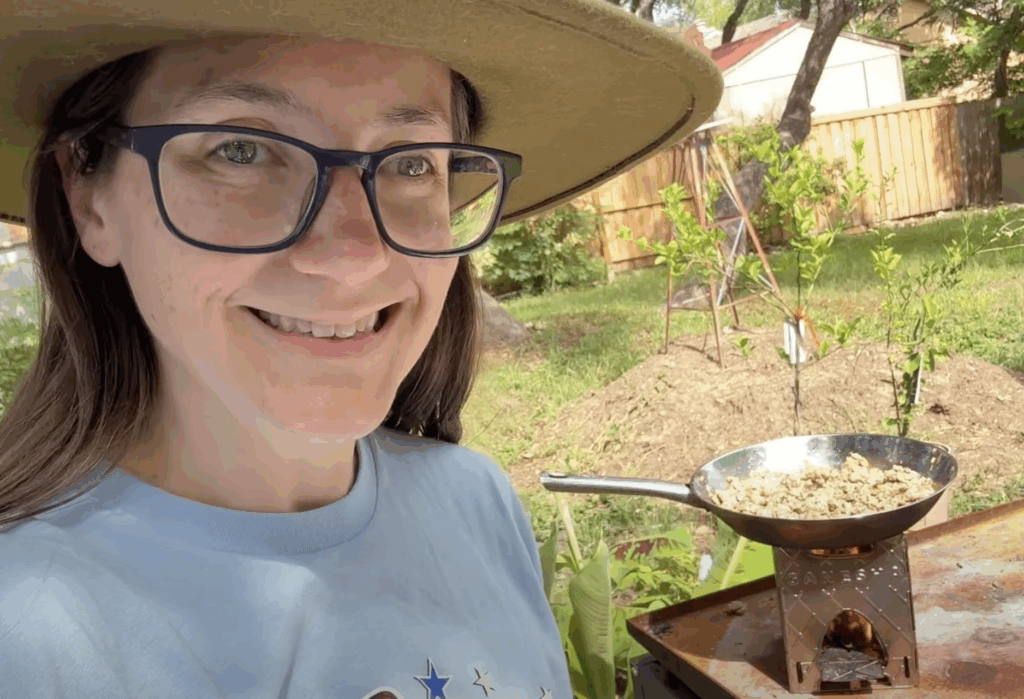
Day 2 Cooking Recap: French Toast Breakfast and Turkey Tacos Dinner
Breakfast: I cooked four pieces of French toast on the stove. Some pieces did get burnt, but those were surprisingly the tastiest parts. By the second try, I was better at managing the fire and sticks. Early mornings with the baby awake meant multitasking while getting coffee ready. Despite a limited supply of sticks, I managed to cook everything needed.
Dinner: I planned turkey tacos but ended up using ground chicken sausage instead. It still worked well for tacos and took about 15 to 20 minutes to cook fully. If tortillas are unavailable, this filling pairs nicely with rice and canned vegetables for a simple meal. Meanwhile, my husband looked after the baby so I could focus on cooking. This teamwork made things smoother.
This day highlighted how flexible outdoor cooking can be, with adjustments made based on available ingredients and fuel.
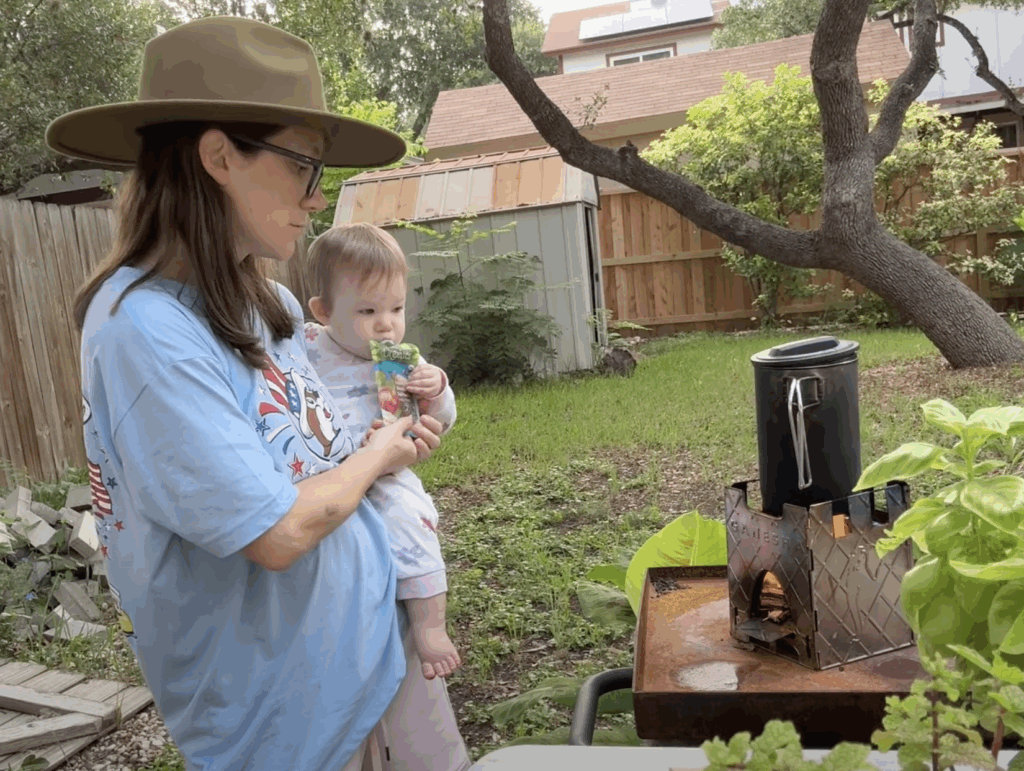
Day 3 Cooking Recap: Chicken Fettuccini Alfredo with Egg Noodles
On the final day, I cooked chicken Alfredo using egg noodles on the tiny stove. It took about 20 minutes for the water to boil, slowed down by a strong wind, then an additional 8 minutes to cook noodles and chicken together. Total cooking time was roughly 30 minutes, which is similar to indoor cooking.
One-pot meals like this show the value of planning dishes that translate well from indoor kitchens to the outdoors. Using fewer pots makes cleanup easier and keeps cooking manageable.
The stove remained highly efficient even in windy conditions, burning through just 14 sticks over three days while maintaining a steady heat.
Once finished, the stove breaks down easily for storage or transport.
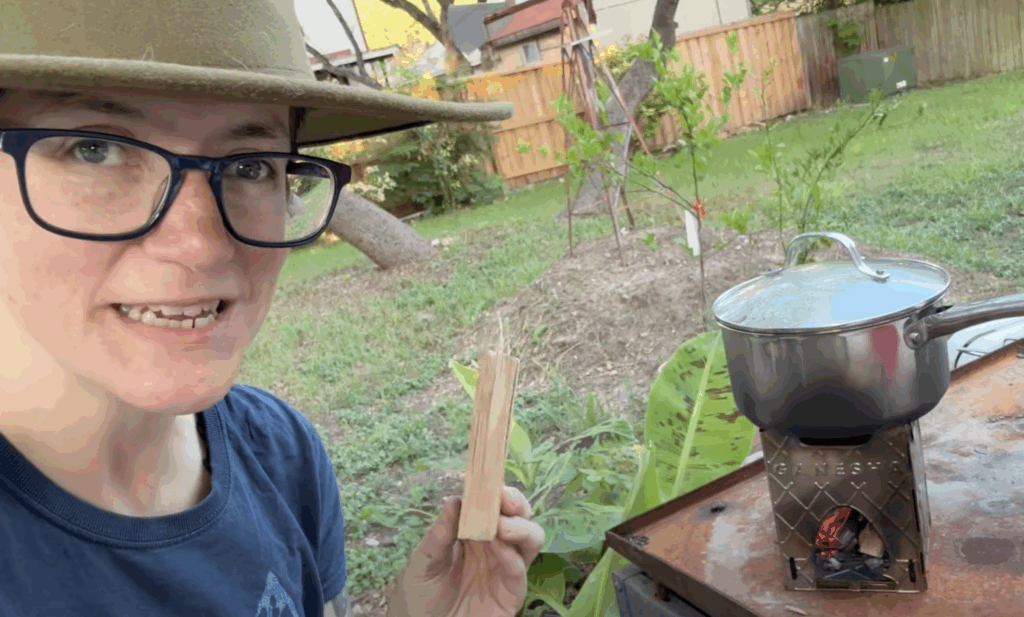
Additional Tips for Outdoor Cooking with a Small Stove
Preparation is everything. Having all your ingredients measured out and water ready before lighting your fire saves time and reduces frustration. Coffee is a must-have for many, and it’s simple to brew on this stove with minimal equipment.
You don’t always have to cook a hot meal outdoors. No-cook foods are an excellent option when you want to conserve fuel or just relax. However, one-pot meals and simple skillet dishes work best when you do cook.
Managing bugs with homemade spray and staying comfortable outdoors makes cooking more pleasant. Be ready to deal with mosquitoes by reapplying spray regularly.
Testing your gear, like this tiny stove, helps you learn what you can do with what you have. Practice lets you cook outdoors confidently in all situations.
Outdoor cooking preparation checklist:
- Pre-measure and prep ingredients
- Have water ready for boiling
- Prepare tinder and small sticks for fire starting
- Use bug spray and reapply as needed
- Keep a windbreaker handy if cooking in breezy spots
- Plan simple one-pot or skillet meals
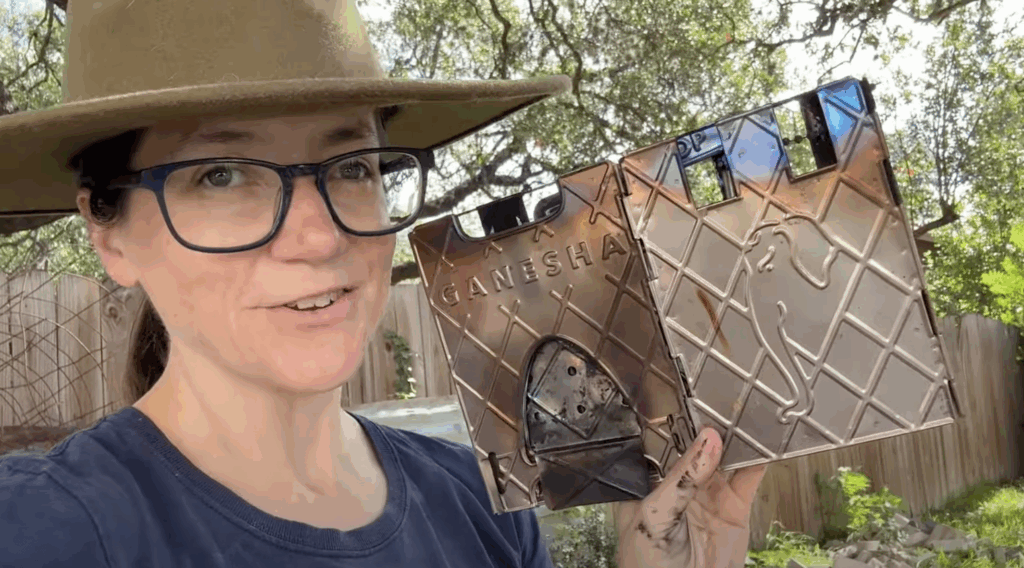
Where to Get Your Own Ultralight Wood Stove and Supporting Gear
The Ganesha ultralight wood stove is compact, lightweight, and very durable. It fits easily in a bugout bag or car emergency kit and performs reliably outdoors. This stove handled three days of cooking with minimal sticks and no fuss.
If you want to try it yourself, check out the Ganesha Cook Stove and use the code ROGUE25 for a discount. It’s a great addition to any preparedness kit or camping gear.
Cooking outdoors for several days on a small stove is doable, efficient, and even enjoyable with a little planning. Simple meals, some dry sticks, and a reliable stove like the Ganesha are all you need to replicate this experience. Whether for preparedness, camping, or just trying something new, cooking outside this way is a skill worth having.
Conquer tomorrow by preparing today.




